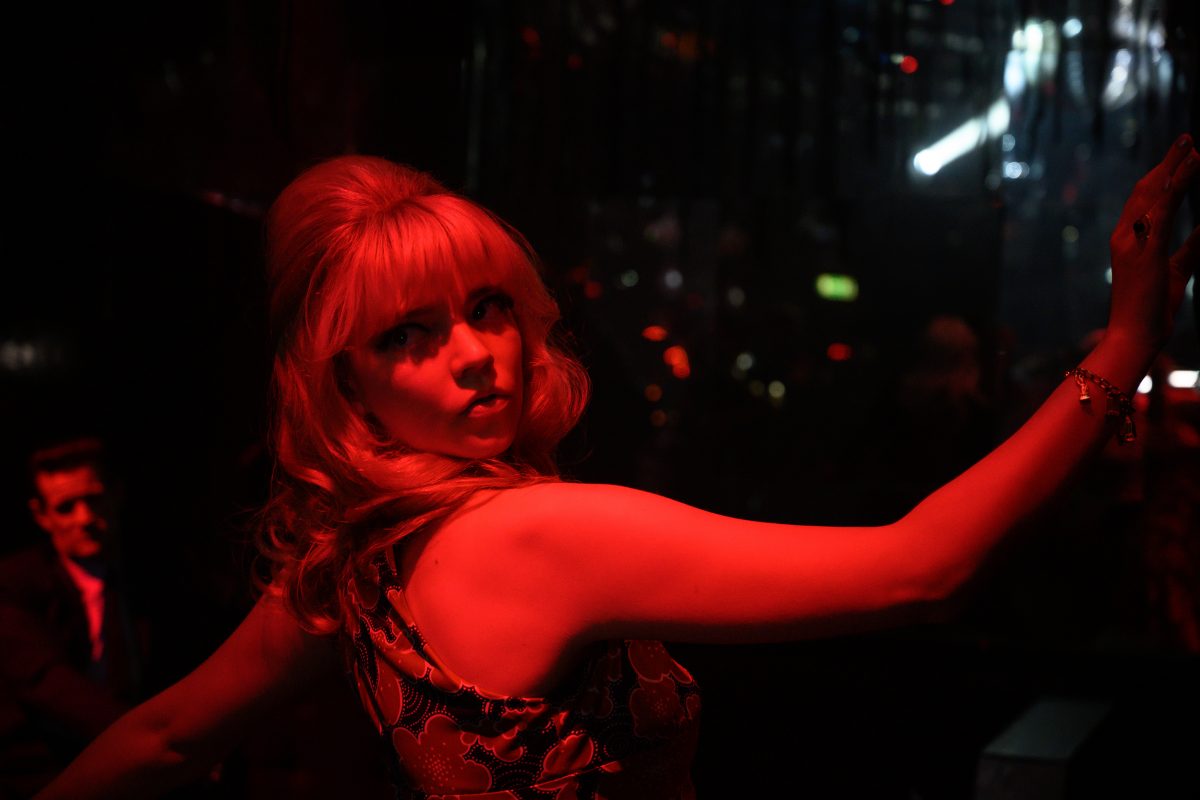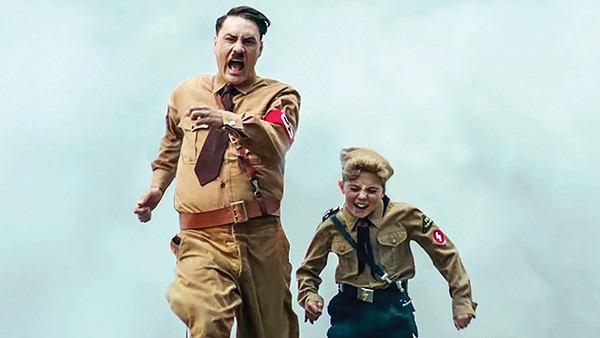There’s no such thing as “the good ole days.” The past was just as full of horrors as the present. You just forgot how bad it was, or nobody wrote the bad parts down — or maybe you just didn’t read the people who wrote the bad parts down.
That’s the ultimate theme of Edgar Wright’s new thriller, Last Night in Soho. It’s definitely a case of an artist trying to have their cake and eat it, too. Wright both luxuriates in nostalgia, and undercuts it at the same time. For an unapologetic popster like Wright, the director of Shaun of the Dead, Scott Pilgrim vs. the World, and Baby Driver, examining the dark side of his obsessions has led to the deepest work of his career. And he got there without sacrificing any of the visceral thrills he’s so good at delivering.
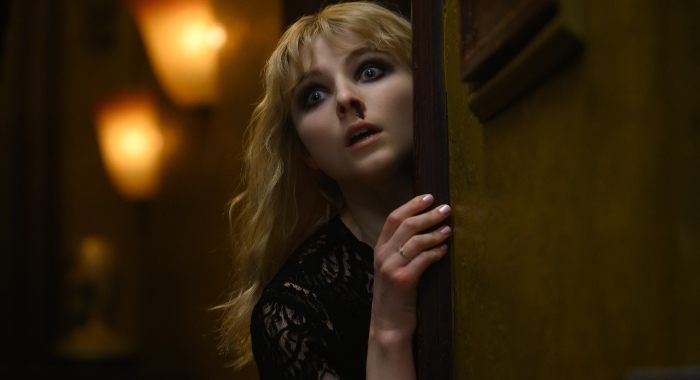
The film’s object of nostalgia is swinging London of the 1960s. That’s the scene that gestated The Beatles and The Who, but Wright’s attention is on the slick pop of Dusty Springfield and Sandy Shaw. That’s the music Ellie (Thomasin McKenzie) is listening to in the film’s opening sequence as she dances in a dress made of newspaper. Wright immediately reveals the essentials of her character by whipping his camera around her room. She wants to be a fashion designer, she lives in a small town, where her ’60s obsession marks her as a girl out of time, and her mother is a ghost.
About that last bit. Ellie has visions, often of dead people, and Ellie’s grandma (Rita Tushingham) reveals that her mother did, too, and these visions eventually became so disturbing and uncontrollable that Ellie’s mom killed herself. When Ellie is accepted into the London College of Fashion, grandma is supportive, but warns that if life in the big city becomes too overwhelming, don’t be afraid to ask for help.
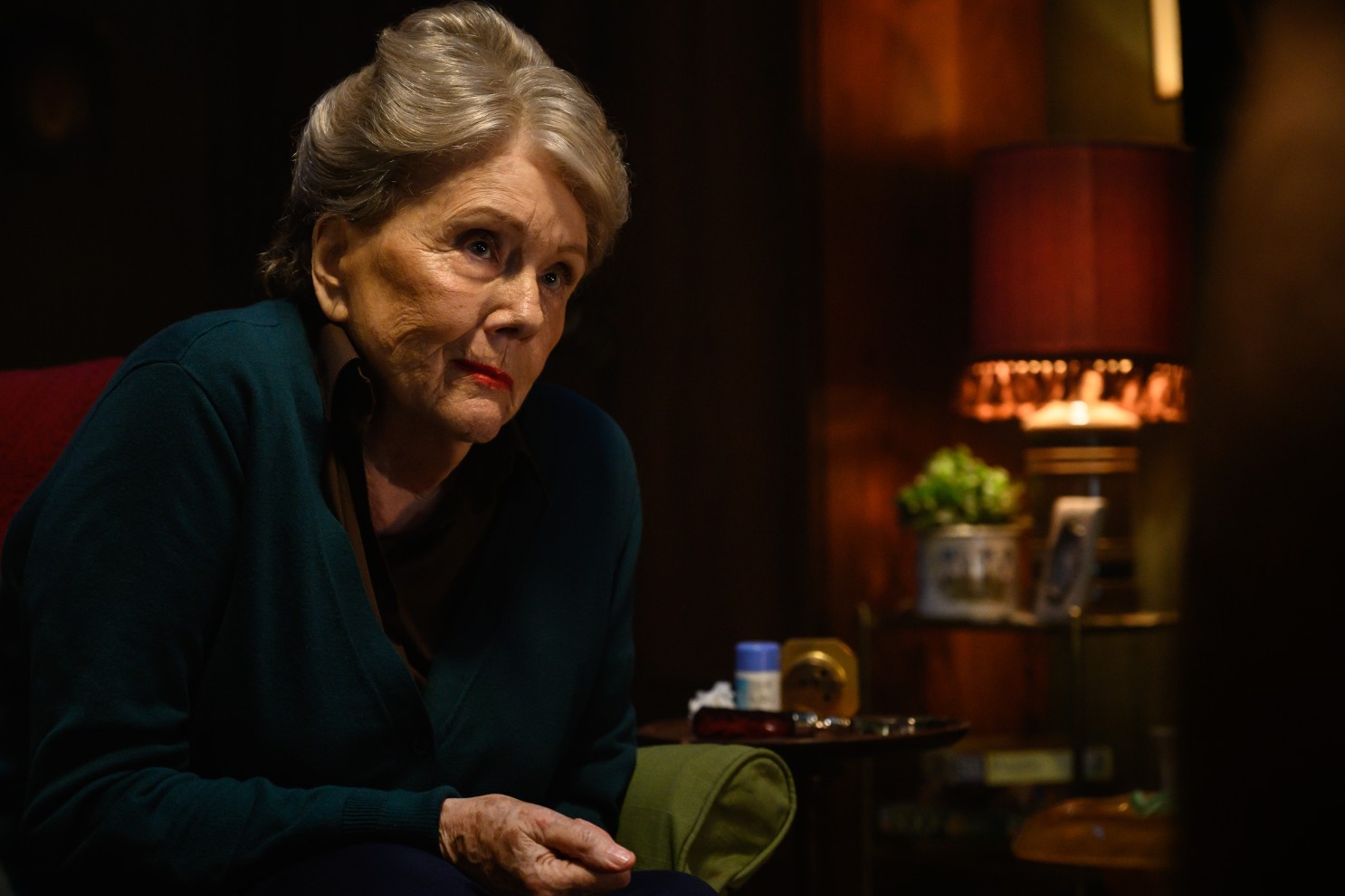
Her idealized version of London is dispelled immediately, as her cab driver taking her from the train station to her dorm creeps on her. Things get worse when meets her roommate Jocasta (Synnove Karlsen), a coke-snorting mean girl who calls herself “Hurricane Jocasta.” These living arrangements aren’t tenable for the studious, and somewhat mentally fragile Ellie, so she finds a cheap room in a boarding house run by Miss Collins (Diana Rigg, in her final role). In order to pay for it, and clothes from the fashionable West End shops that surround the college, she gets a job in a dive bar called The Toucan, where she serves drinks to an old barfly (Terence Stamp) who takes an interest in her.
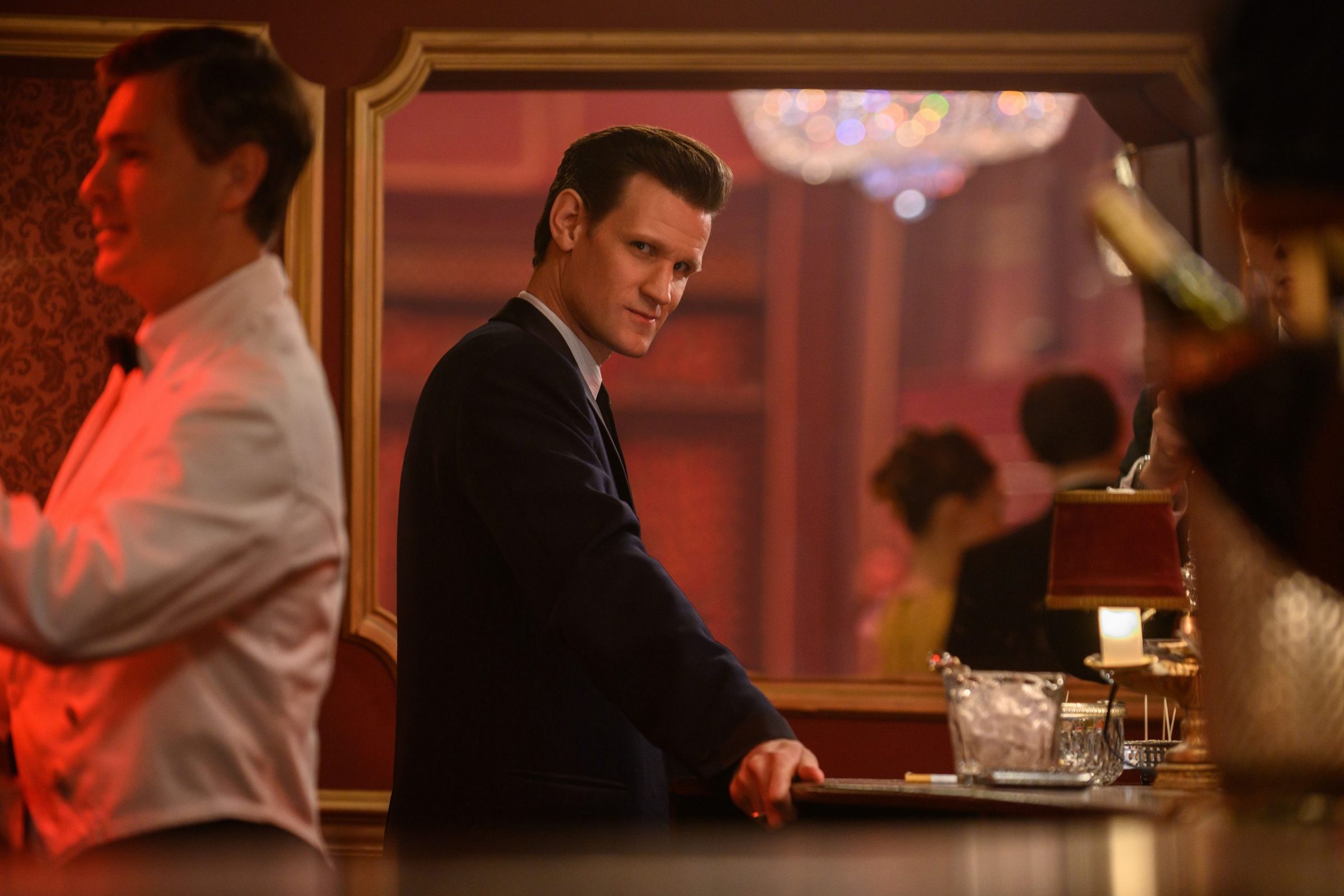
Ellie does get more sleep in the new room, but that sleep comes with vivid dreams of the West End in the mid-’60s featuring a girl named Sandy (Anya Taylor-Joy), an aspiring singer who falls for Jack (Matt Smith), a manager with an eye for new talent. The beautiful, confident Sandy represents an ideal self for the mousy small-town girl, and when Ellie dyes her hair blonde like Sandy’s, boys start to notice her. But Ellie’s dreams take a dark turn as Sandy falls deeper into the seedy side of London. The 1960s produced great music and fashion, but it was a man’s world. Young women like Sandy put up with brutal misogyny, even from men who professed to love them. The mystery of Sandy’s fate starts to weigh on Ellie, as her visions invade her waking life.
Wright is inspired by stylish English films of the period by directors like Nicholas Roeg, but the screenplay, co-written with Penny Dreadful scribe Krysty Wilson-Cairns, critiques the material it celebrates. It’s the director’s first film with a female protagonist (although he has created many memorable women, such as Ramona Flowers), and the change in perspective seems to have invigorated his imagination. The cast is aces, including veterans like Rigg and Stamps and the brilliantly paired co-leads of Taylor-Joy and McKenzie.

Wright’s one of contemporary cinema’s most inventive visual stylists, and this film is a feast of in-camera effects and plain old misdirection. While in the visions of the past, Ellie and Sandy can only see each other in mirrors, even as their identities are merging, Persona-style. This presents endless opportunities for Wright to pull some boffo visual gags. But even as the director is emptying his trick bag all over the screen, the story keeps humming along at a brisk pace. This helps later in the film, when it gets harder to keep all the plot plates spinning. Last Night in Soho is a pop confection that’s not just empty calories. Don’t miss this opportunity to see a master like Wright at the top of his game.
